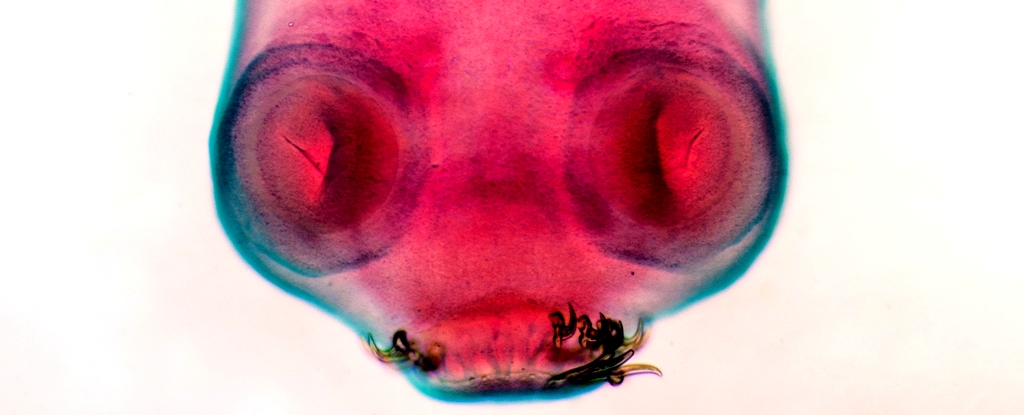Independent US presidential candidate Robert F. Kennedy Jr’s health is in the spotlight again – this time relating to a neurological issue.
In a 2012 deposition recently reviewed by the New York Times, the politician revealed that in 2010 a worm got into his brain “ate a portion of it and then died”.
Kennedy had been suffering from cognitive difficulties. Doctors initially suspected that he had a brain tumour, but it turned out to be a parasite infection – specifically, a pork tapeworm larva lodged in his brain.
This particular parasite (Taenia solium) is mainly found in low-income countries where people live close to livestock, including parts of southern Africa, Latin America and Asia. Cases in the US are reported to be in the hundreds per year. It is also an incredibly rare infection to encounter in Europe.
Humans are the main host of mature tapeworms, but they need help from other intermediaries to spread. Once the tapeworm is attached to the human intestinal wall using the hooks and suckers on its head, it grows and matures by absorbing nutrients in the gut, forming hundreds of “proglottids” (segments) that are a few millimetres long. A tapeworm can grow to four metres in length.
Hermaphrodites
A couple of months after infection, these proglottids become pregnant because tapeworms are hermaphrodites. Each proglottid contains 300-500 testes and three ovary lobes, and when released into the digestive tract contains between 50,000 and 60,000 fertile eggs. These will be excreted, where they can be observed as pumpkin seed-sized masses within the faeces. This may be the only indication of active infection in humans.
Tapeworm larvae can survive outside of their human hosts. If pigs graze on vegetation that is contaminated with human faeces containing the eggs or larvae (known as cysticerci), these are then taken up into the pig.
Once in the pig’s stomach and intestines, the digestive enzymes release the cysticerci from their outer lining, enabling them to penetrate the pig’s body tissues and move around where they will cause cysticercosis – the active infection.
They set up camp in all the major muscles of the pig, including the heart, as well as the liver, kidney, lungs and brain.
Once infected, the pigs are typically slaughtered before the cysticerci mature into adult tapeworms. So when the meat of an infected animal is eaten and not cooked properly, these cysticerci do the same to the human. They penetrate the intestinal wall and get into the bloodstream where they journey to reside and grow under the skin as a huge lump, in the eye, liver, heart and lungs and the brain.
Infection spreading through the body is known as cysticercosis. When the brain becomes infected, it is called neurocysticercosis.
Pork tapeworms don’t eat brain tissue, but they do absorb its nutrients.
A person with a tapeworm infection would initially have few or no symptoms. And any initial symptoms would mirror those of other common tummy bugs: nausea, pain, diarrhoea and changes in appetite.
At this stage, the condition is hard to diagnose. However, eggs may be seen in the faeces by eye or microscope, or the tapeworm may be observed when a camera is inserted into the bowel from the rectum for other procedures. Sometimes the eggs block the appendix, causing appendicitis.
However, once the larvae reach the brain causing neurocysticercosis, several potentially serious, life-threatening symptoms may emerge. Larvae cause small cysts to form, which can be picked up on brain scans.
It is these cysts that cause symptoms, compressing neurons that can lead to defects in brain function, seizures and death.
Infections are usually treated with antihelminthic drugs, such as niclosamide and praziquantel. Both have broad activity against various tapeworms. Anti-inflammatory drugs may also be used. Surgery is the last option when patients don’t respond to any of the drugs.
It’s all pretty grizzly, so if you don’t fancy a worm setting up camp in your brain, there are simple things you can do to avoid this situation, the most important being maintaining good hand hygiene. Wash your hands well after going to the toilet and after handling raw meat. And cook meat thoroughly.
Adam Taylor, Professor and Director of the Clinical Anatomy Learning Centre, Lancaster University
This article is republished from The Conversation under a Creative Commons license. Read the original article.





